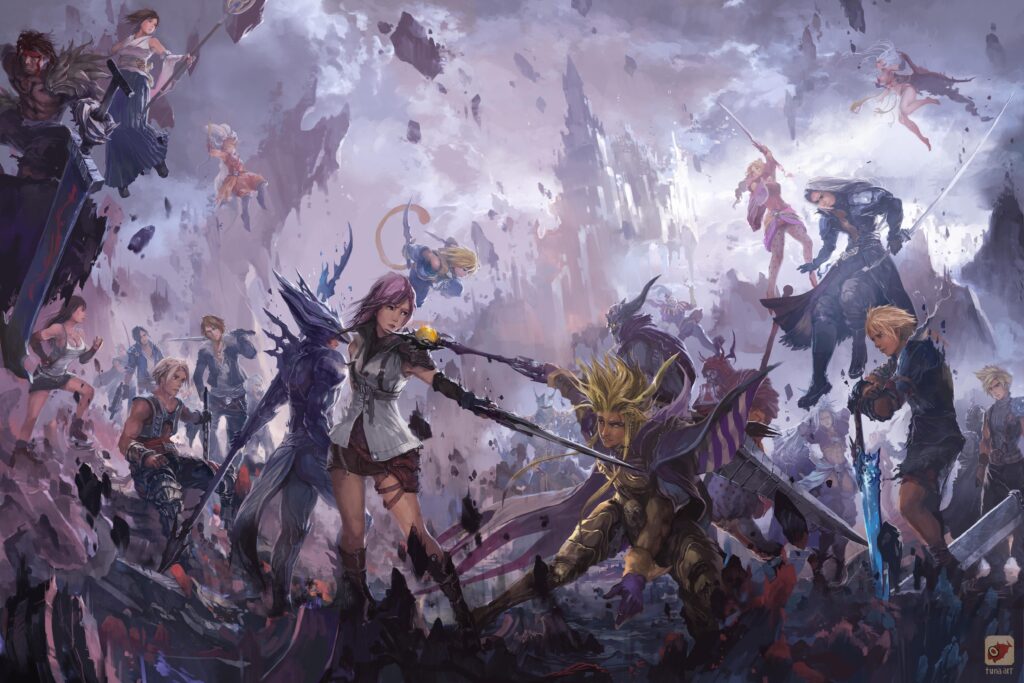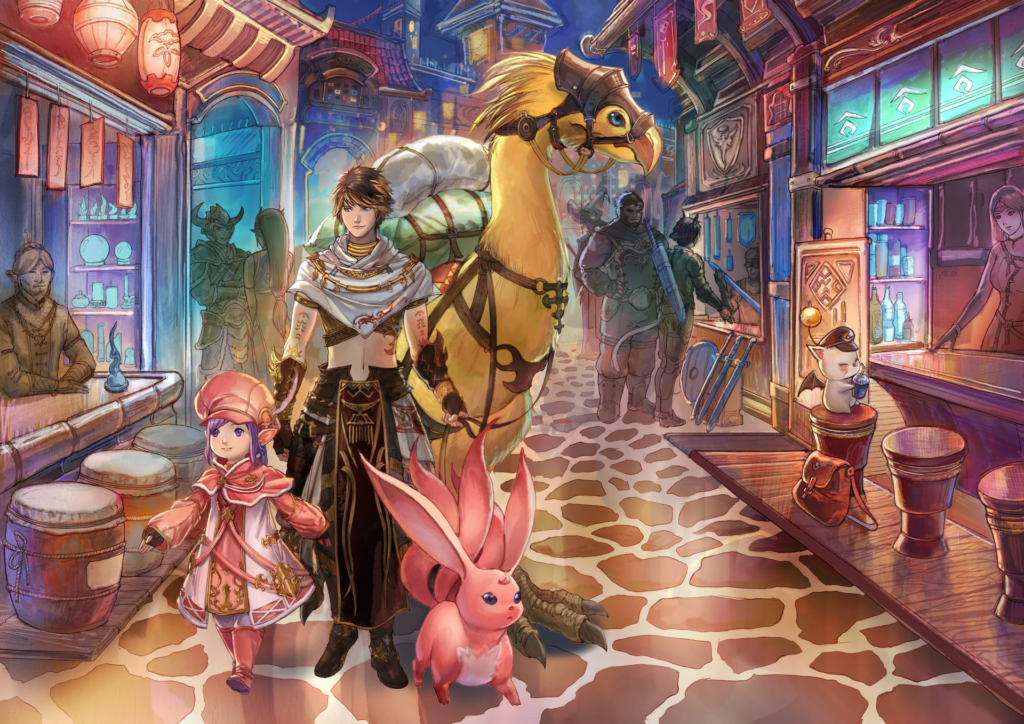JRPGs (Japanese Role-Playing Games) have captivated gamers for decades. From Final Fantasy to Persona, these games offer players a chance to embark on epic journeys filled with adventure, strategy, and emotion. So how to make a JRPG?
This question is sure to have entered the minds of any enthusiasts of the genre at some point, both players and developers alike. After all, with their intricate stories, memorable characters, and immersive worlds, JRPGs have one of the most dedicated fan bases of any game genre.
If you’ve ever dreamed of creating your own JRPG, now is the perfect time to turn that dream into reality. In this article, we’ll explore the essential steps on how to make a JRPG and help you bring your vision to life, creating a JRPG that will resonate with players.
Read also: What is a JRPG? A guide to Japanese role-playing games
How to make a JRPG: story is everything
Gameplay is important, sure. Knowing how to code and design a game is also important. But every fan of the JRPG genre knows that, when it comes down to it, stories make or break a game. So that’s the area where we want to focus on this article.

In our blog, we have several articles that tackle the technical aspects of development – so you can always check them out if you have more specific questions. For now, let’s walk you through the steps in how to make a JRPG with a compelling story and structure.
1. Define your vision
Every great JRPG starts with a compelling vision. Crafting a specific vision is the first and most crucial step on how to make a JRPG.
What kind of world do you want to create? What themes and motifs will define your game? Will it be a traditional fantasy setting, a futuristic dystopia, or something entirely unique?
Take the time to brainstorm and flesh out your ideas, considering elements like story, characters, and gameplay mechanics. Your vision will serve as the foundation for everything that follows, so make sure it’s clear and well-defined.
2. Develop your story
The story is the heart and soul of any JRPG. It’s what drives players forward and keeps them invested in the game world. It is the most important aspect of how to make a JRPG.
Start by outlining the main plot points, including the protagonist’s journey, the central conflict, and the ultimate goal.
Consider the overarching themes and motifs that will define your game. Are you exploring concepts of heroism, sacrifice, and redemption? Or perhaps you’re delving into the consequences of unchecked power, the struggle between good and evil, or the complexity of human nature.
These themes will shape not only the narrative but also the gameplay mechanics and character development. And speaking of character development, interesting characters are one of the most important aspects of any JRPG.
Create your characters by giving each one a distinct personality, backstory, and motivation. They should be symbols of human dilemmas. Through them, you will tell a story that is bigger than their specific struggles. A story that represents something common to the human experience.
So don’t be afraid to inject depth and complexity into your story – JRPGs are known for their intricate narratives and moral dilemmas.
Read also: Storytelling in video games: why is it so important?

Image from Tuna-art at DeviantArt
3. Create engaging gameplay
The gameplay is second to the story in JRPGs, but that doesn’t mean it doesn’t need attention. Gameplay is still an important part of how to make a JRPG.
You must also focus on the core mechanics of your game, including combat, exploration, and character progression. Will your game feature turn-based battles, real-time action, or a hybrid of both? How will players level up their characters and acquire new abilities?
This is important because the customization, exploration, and progression systems of your game should also align with its overall vision, offering meaningful choices and opportunities for player agency.
If you’re creating a slow-paced game, with a more dark, grittier, and more complex story, it doesn’t make sense to have a gameplay full of action and button-mashing, for example.
Consider how the gameplay will complement the story and themes of your game and experiment with different gameplay systems until you find the perfect balance of challenge and enjoyment.
4. Polish your story
With a better idea of the core gameplay and story elements, polishing your story is the next step in how to make a JRPG.
Develop a world with its own history, culture, and geography. This includes cities, towns, dungeons, and unique landmarks. Don’t forget to flesh out the lore, including legends, gods, and historical events that influence the current story.
Design a diverse group of main characters with distinct personalities, backgrounds, and abilities. Each character should have a personal arc that ties into the main story. This expands to villains and secondary characters.
Create memorable villains with clear motivations – they should be complex characters, not just evil for the sake of being evil. Make sure to also develop secondary characters who add depth to the world and story, as well as provide side quests, information, and emotional connections.
Focus on the emotional engagement of your game by showing characters evolving through their experiences. Their relationships should deepen and change over time and include emotional highs and lows, such as moments of triumph, betrayal, loss, and redemption.
Read also: All about RPG weapons: an adventure’s guide
5. Playtest and iterate
Once you have a playable prototype of your JRPG, it’s time to gather feedback from playtesters and iterate on your design. Encourage testers to provide honest and constructive criticism, and be open to making changes based on their suggestions.
Pay attention to how players interact with your game, and use their feedback to refine and improve the experience. Remember, game development is an iterative process, and the best games are often the result of countless revisions and refinements.

Start creating your JRPG today with professionals!
The process of making a JRPG is a labor of love; however, with passion, dedication, and perseverance, it’s a goal that anyone can achieve, especially under the supervision of an expert team.
By defining your vision, developing a compelling story, and designing an immersive world, you can bring your dream JRPG to life and share it with the world. So roll up your sleeves, fire up your imagination, and get ready to embark on an epic adventure of your own making.
We here at Main Leaf are big fans of JRPGs – and we know how passionate the fan base of the genre is, as well as how impactful the games can be. Over our 12 years of experience in the game development industry, we have seen many JRPGs impact the industry tremendously.
If you liked his article, don’t forget to check out our blog, where we discuss many other topics relating to the world of video games and the game development industry. And don’t hesitate to contact us if you want to work on your own JRPG starting today!

